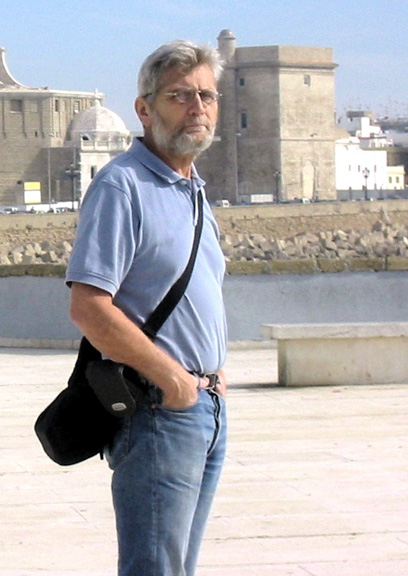
CS in Cadiz: photo: Eve Monrad
Recently Heard Concerts
Edge Festival, Berkeley, June 5-7, 2003
Merce Cunningham, Berkeley, February 7, 2003
John Cage, San Francisco, January 27, 2003
Charles and Lindsey Shere: homepage CS in Cadiz: photo: Eve Monrad |
Rome Opera, January 29, 2004 Edge Festival, Berkeley, June 5-7, 2003 Merce Cunningham, Berkeley, February 7, 2003 John Cage, San Francisco, January 27, 2003 |